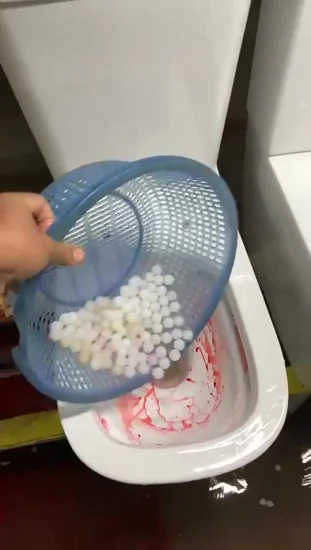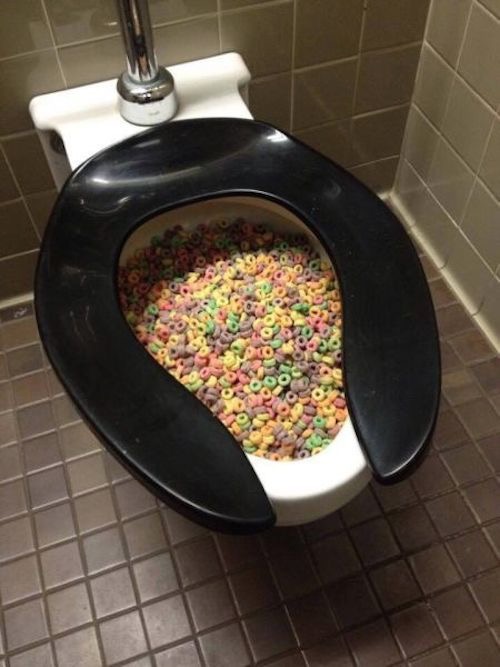Are You Permitted to Flush Food Down the Toilet?
Are You Permitted to Flush Food Down the Toilet?
Blog Article
This article underneath on the subject of Think Twice Before Flushing Food Down Your Toilet is fairly attention-grabbing. Try it and draw your own final thoughts.

Intro
Many individuals are usually confronted with the issue of what to do with food waste, especially when it comes to leftovers or scraps. One usual concern that arises is whether it's all right to flush food down the commode. In this post, we'll delve into the reasons that people could think about purging food, the repercussions of doing so, and different techniques for appropriate disposal.
Reasons that people may consider flushing food
Absence of recognition
Some individuals may not be aware of the prospective injury triggered by purging food down the commode. They may wrongly think that it's a harmless method.
Convenience
Purging food down the commode may seem like a fast and simple service to dealing with undesirable scraps, particularly when there's no nearby garbage can offered.
Laziness
Sometimes, people might simply pick to flush food out of sheer idleness, without considering the effects of their actions.
Repercussions of flushing food down the toilet
Ecological effect
Food waste that winds up in waterways can contribute to air pollution and harm water ecological communities. Additionally, the water utilized to purge food can strain water resources.
Plumbing concerns
Purging food can cause blocked pipelines and drains pipes, causing expensive plumbing repair work and aggravations.
Kinds of food that must not be purged
Coarse foods
Foods with fibrous textures such as celery or corn husks can obtain entangled in pipes and trigger obstructions.
Starchy foods
Starchy foods like pasta and rice can absorb water and swell, resulting in blockages in pipes.
Oils and fats
Greasy foods like bacon or cooking oils must never ever be purged down the commode as they can strengthen and create clogs.
Correct disposal approaches for food waste
Making use of a garbage disposal
For homes equipped with waste disposal unit, food scraps can be ground up and flushed through the plumbing system. However, not all foods appropriate for disposal in this way.
Recycling
Specific food packaging products can be reused, decreasing waste and minimizing environmental influence.
Composting
Composting is a green method to get rid of food waste. Organic materials can be composted and utilized to enrich dirt for gardening.
The relevance of proper waste monitoring
Minimizing ecological damage
Correct waste management methods, such as composting and recycling, aid reduce air pollution and preserve natural resources for future generations.
Securing pipes systems
By preventing the method of flushing food down the commode, house owners can prevent pricey pipes fixings and keep the honesty of their pipes systems.
Verdict
Finally, while it might be alluring to flush food down the bathroom for benefit, it is very important to comprehend the potential consequences of this activity. By taking on appropriate waste administration practices and dealing with food waste responsibly, people can contribute to much healthier plumbing systems and a cleaner setting for all.
THINK TWICE BEFORE FLUSHING FOOD DOWN YOUR TOILET IN FALLBROOK CA
Let’s be honest, we’re really supposed to be tossing rotten or leftover food in the compost bin or trash can. But many people like to place scraps of food down the drain of, say, their kitchen sink. That’s why the garbage disposal was invented: so we can continue to place certain foods down the drain without clogging our drain in the process. Smart.
But not all of us have the luxury of having a garbage disposal installed. So, you might continue to shove food down your sink drain anyway – or worse: you might flush them down your toilet! If you’re guilty of doing the latter, you’re going to want to stop, and here’s why:
Toilet Drains Aren’t Designed to Handle Food!
There’s your answer: food just doesn’t belong in your toilet. It may seem like your toilet drain is wider than the drains of your sinks, but truth be told, that isn’t actually the case. The narrower pipes of your toilet leave your plumbing at risk for clogging if you do happen to flush your food. In addition, food doesn’t break down as quickly that toilet paper and human waste do. In turn, this leaves your toilet at risk for a nasty clog.
Although a flush of a tiny pinch of food every now and then isn’t going to completely damage your toilet, there are certain foods that should absolutely not be flushed in your toilet at all. These include starchy foods like mashed potatoes, grains, hard pieces of food that are slow to break down, and fats and oils.
The latter categories of food are particularly problematic as they may harden, expand as they absorb water, break down slowly in your system, or generally create the perfect obstruction with their gelatinous composition. These are all things you don’t want in your plumbing system!
Experiencing a Toilet Clog?
Nobody’s perfect, and we all make mistakes. Sometimes one of the mistakes people make is flushing food down their toilet and later realizing that it wasn’t the best thing to do once they see that their toilet is now clogged. Uh-oh!

I came across that write up on What Can Happen If You Flush Food Down the Toilet? while looking around the web. Sharing is good. One never knows, you may just be helping someone out. Thanks a bunch for your time. Revisit us soon.
Start Now Report this page